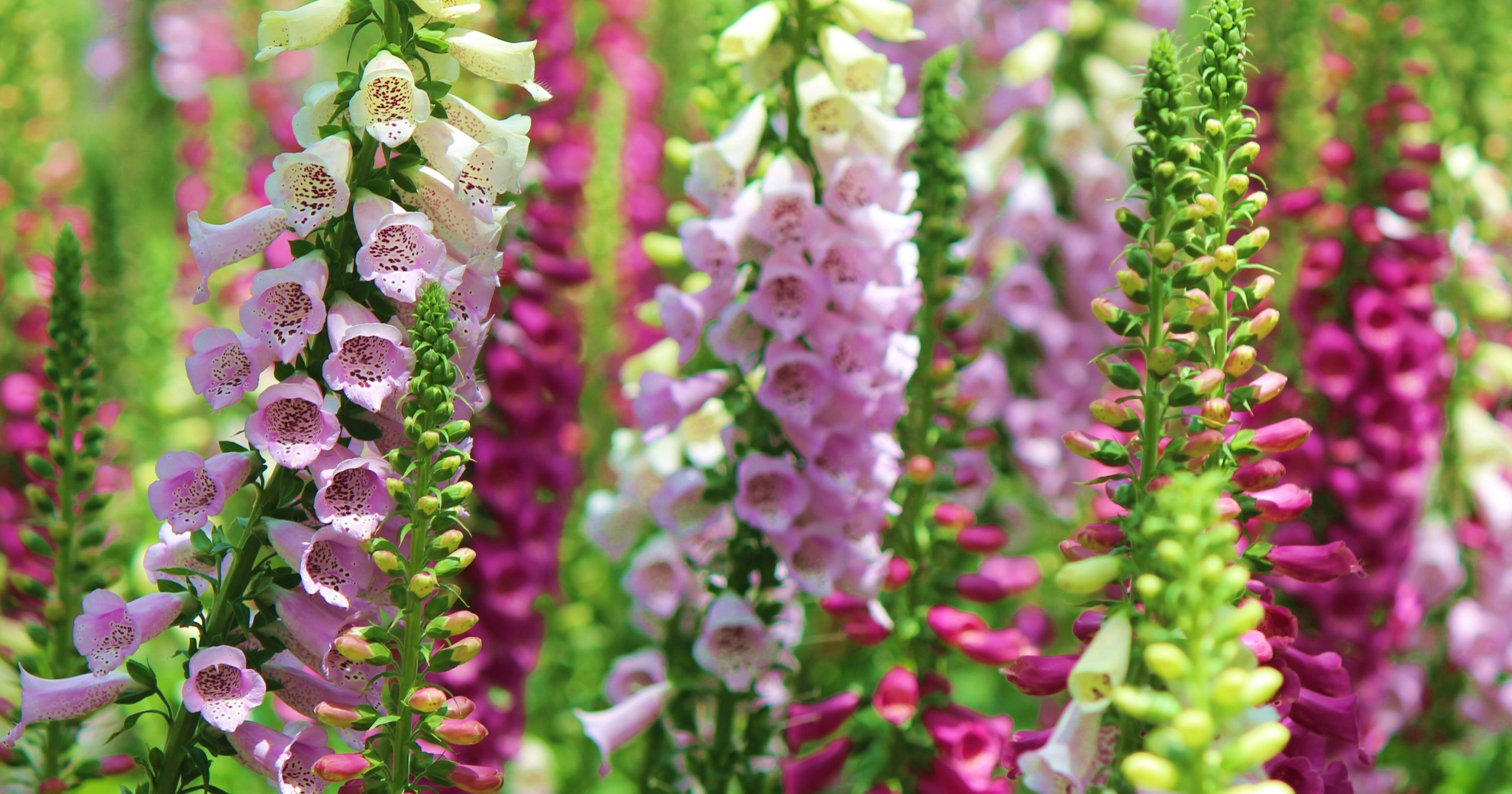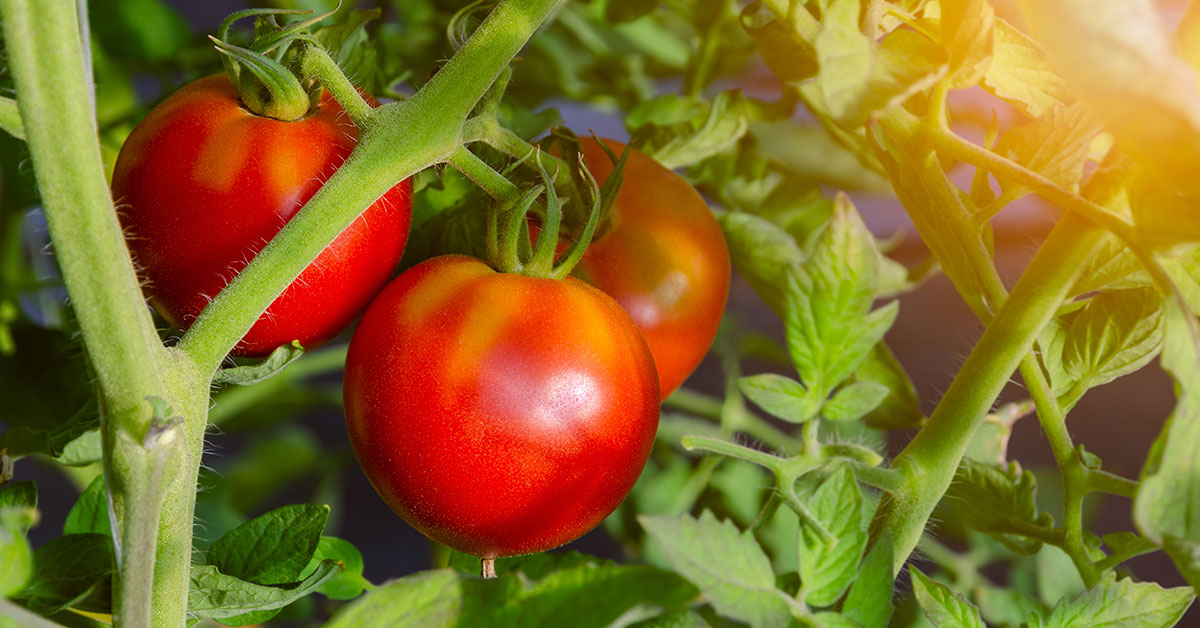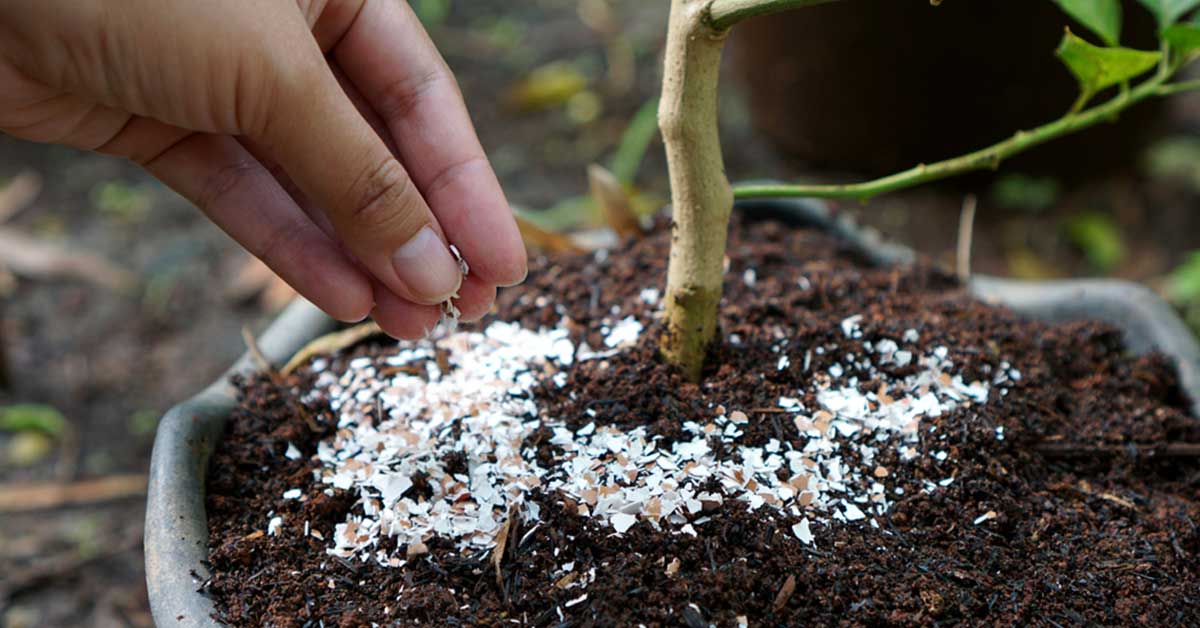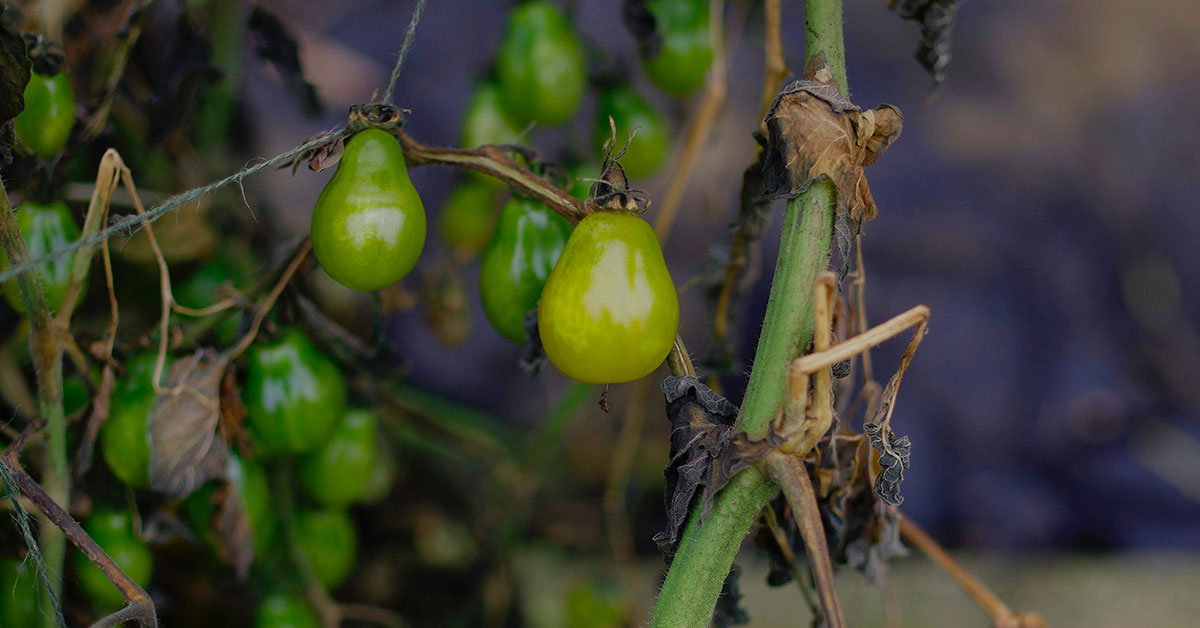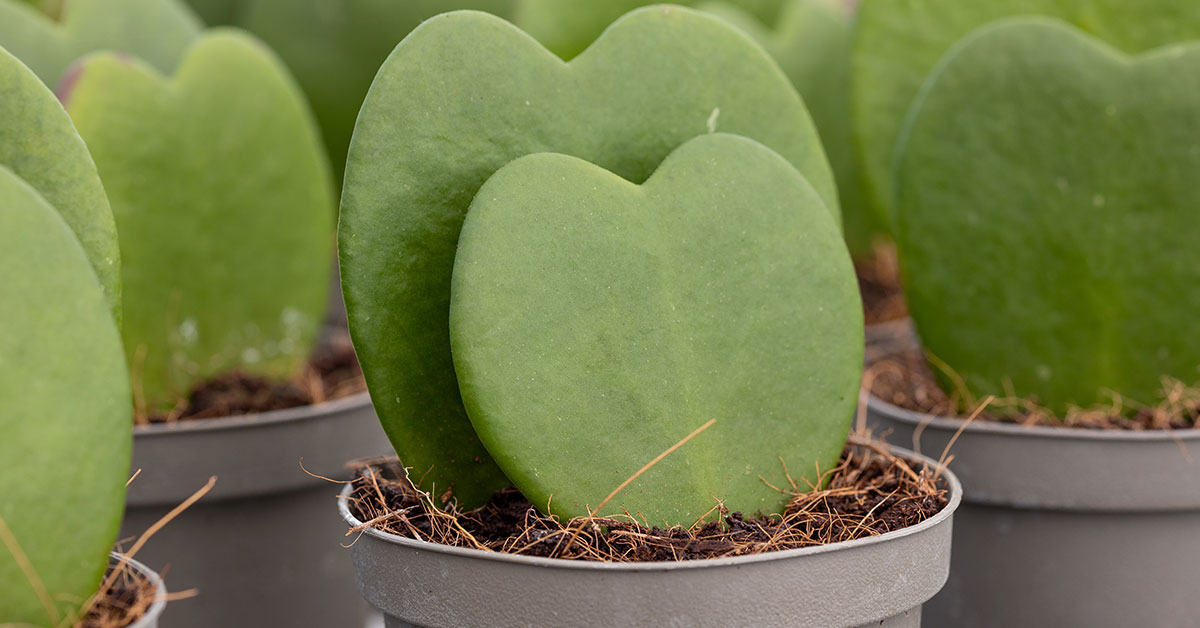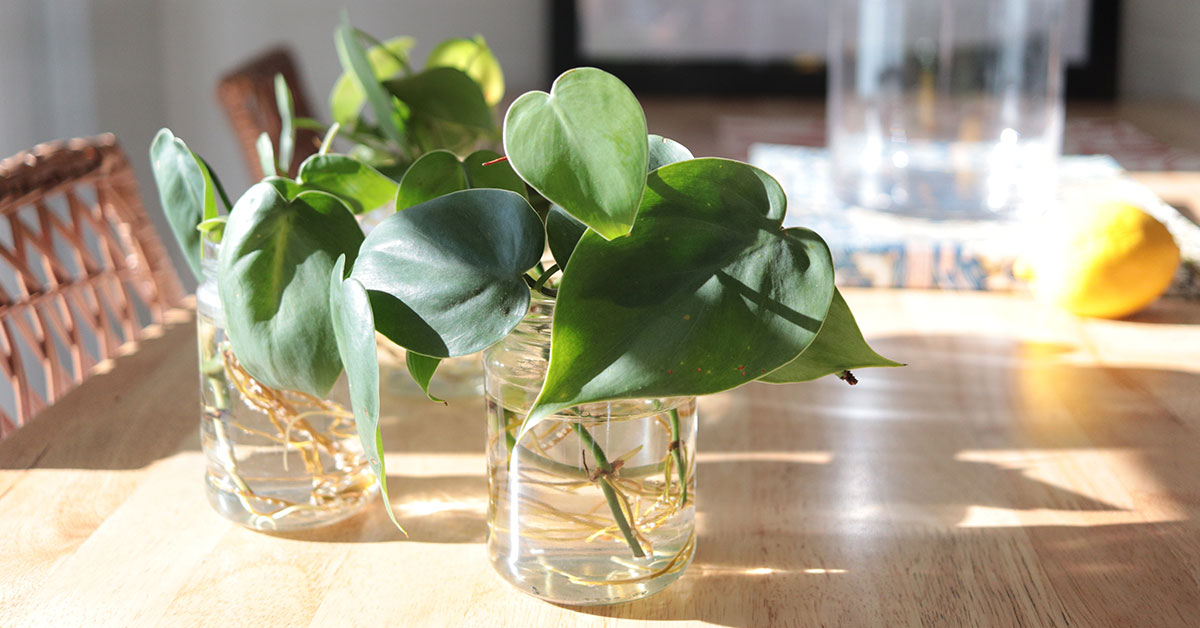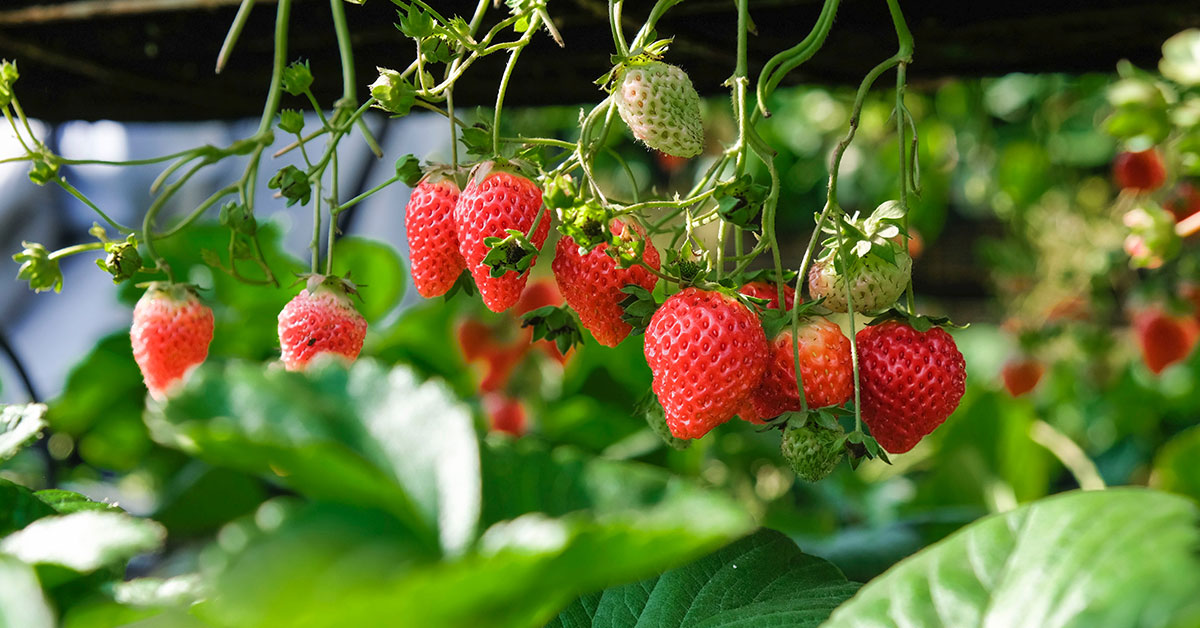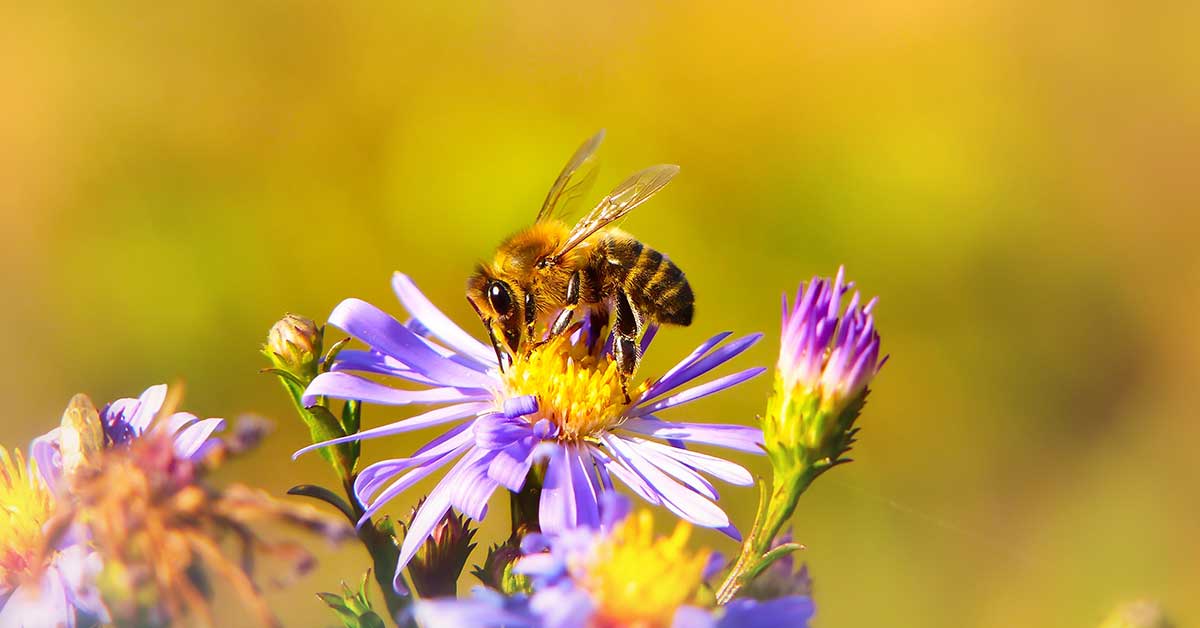Bell-shaped flowers bring a whimsical elegance to any garden, their delicate drooping blooms adding charm and a touch of magic. These flowers are not only beautiful but also attract pollinators, adding life and vibrancy to your green space. As an enthusiastic gardener, discovering and nurturing these unique blooms can be a truly rewarding experience!
In this article, I’m thrilled to share with you eight stunning flowers that resemble bells. Each has its own unique beauty and specific care requirements, ensuring there’s something for every gardener. Let’s explore these enchanting flowers and learn how to grow them successfully in your garden!
Campanula
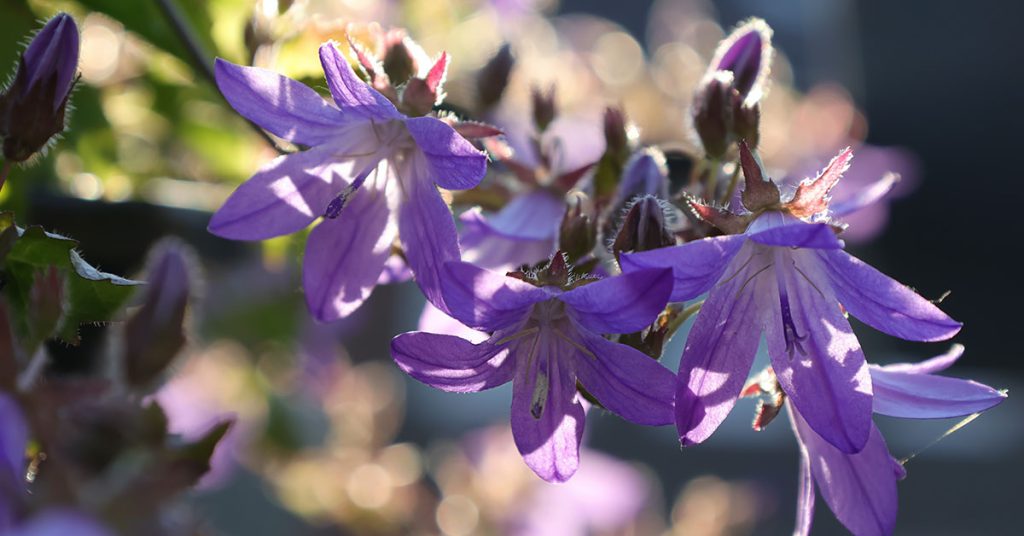
Campanula, also known as bellflower, is a versatile plant with bell-shaped flowers that come in shades of blue, purple, pink, and white. The blooms can be upright or trailing, making them perfect for various garden settings, from borders to rock gardens. The flowers typically bloom from late spring to early summer and can add a splash of color to any garden.
Campanula prefers well-drained soil and can thrive in full sun to partial shade. Regular watering is essential, especially during dry spells. Deadheading spent flowers can encourage continuous blooming. This low-maintenance plant is ideal for gardeners looking to add long-lasting color and charm to their garden!
Lily of the Valley
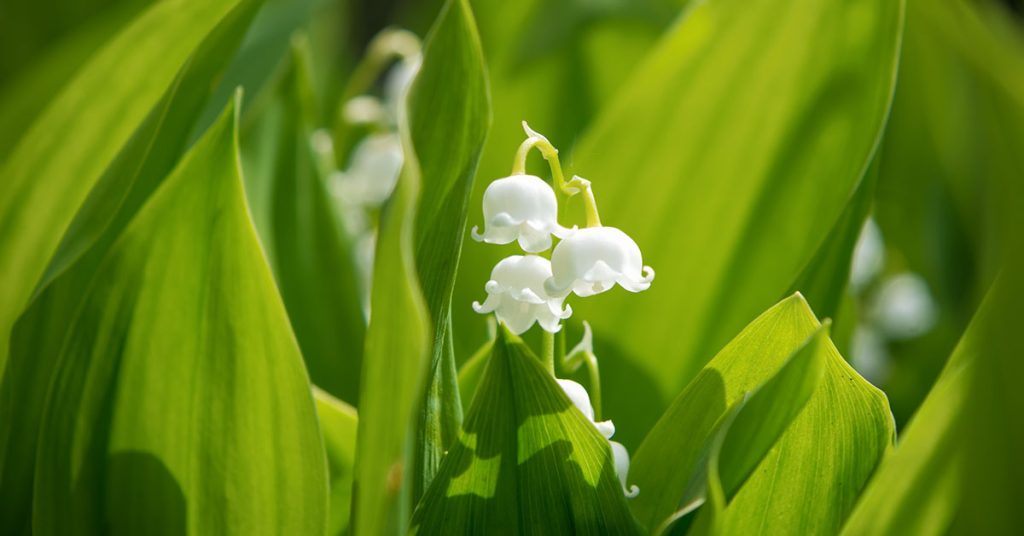
Lily of the Valley (Convallaria majalis) is a delightful perennial with tiny, fragrant bell-shaped flowers that bloom in late spring. The flowers are usually white, though some varieties may have pink hues. They grow in clusters along arching stems and are complemented by broad, glossy green leaves.
This charming flower thrives in partial to full shade and prefers well-drained, humus-rich soil. It is perfect for woodland gardens or shaded borders. Regular watering is essential, especially during dry spells, to keep the soil moist. While low-maintenance, Lily of the Valley can spread quickly, so you might need to control its growth.
Snowdrops
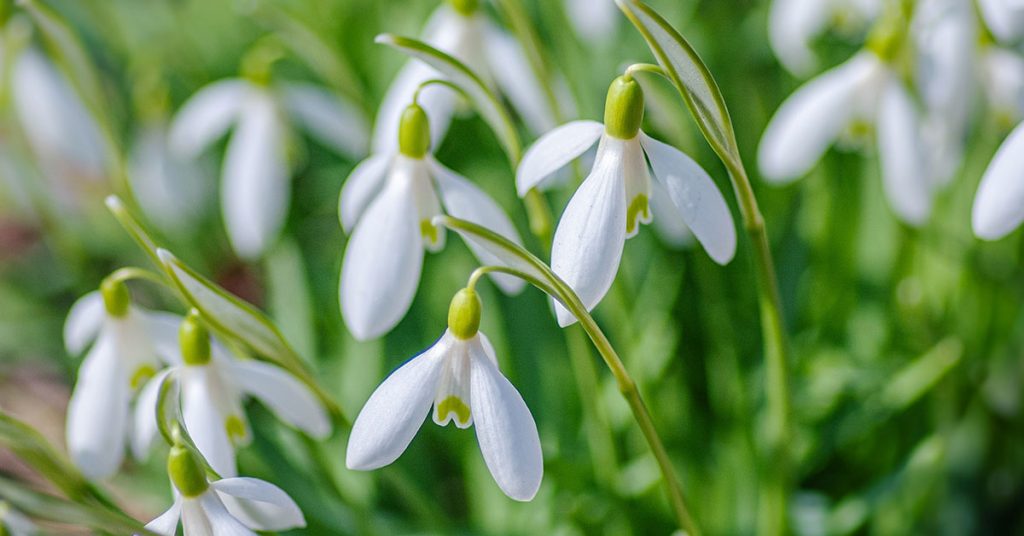
Snowdrops (Galanthus) are among the first flowers to bloom in late winter to early spring, bringing a touch of hope and beauty to the garden. Their delicate, drooping white flowers with green markings at the tips resemble tiny bells. These hardy plants often bloom through the snow, making them a symbol of renewal.
Snowdrops thrive in well-drained soil and partial shade, making them ideal for woodland gardens or under deciduous trees. Plant the bulbs in the fall for a spectacular early spring display. They require minimal care once established, but regular watering during dry spells will help them thrive.
Foxglove
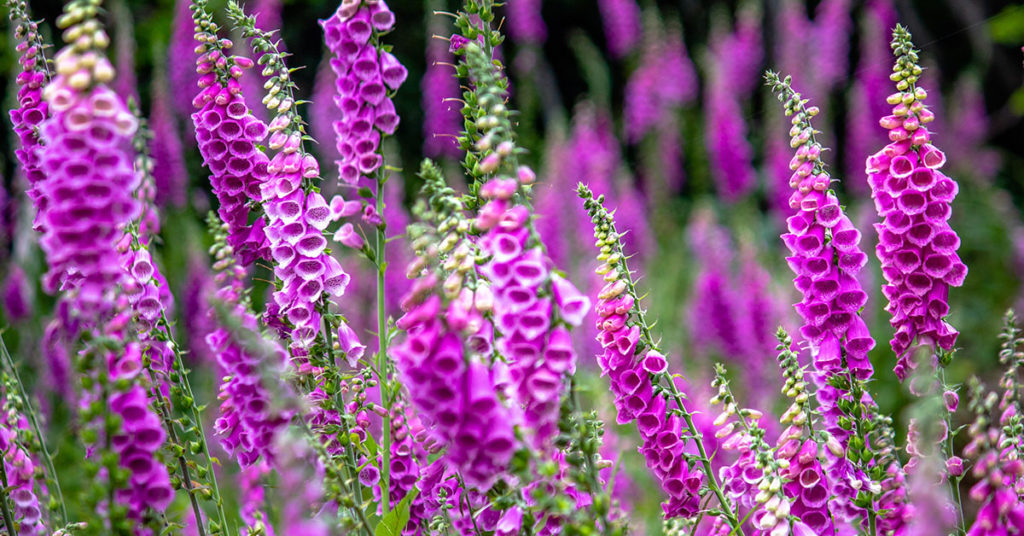
Foxglove (Digitalis) is a striking biennial known for its tall spikes of bell-shaped flowers that come in various colors, including pink, purple, white, and yellow. The blooms are adorned with speckled throats, adding to their charm. Foxgloves are perfect for adding height and drama to your garden borders.
To care for foxglove, plant them in well-drained soil and partial shade. They prefer cool, moist conditions, so regular watering is essential, especially during hot, dry periods. Be cautious, as all parts of the plant are toxic if ingested. Deadheading spent flowers can encourage a second flush of blooms in the same season.
Bluebells
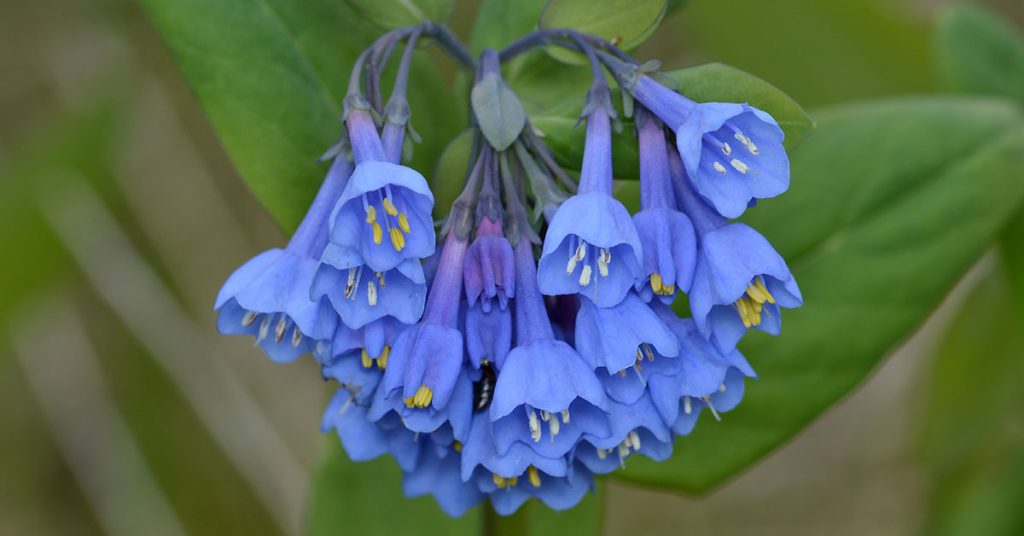
Bluebells (Hyacinthoides non-scripta) are enchanting perennials with clusters of nodding, bell-shaped flowers that bloom in mid to late spring. These flowers are typically blue, though pink and white varieties also exist. Bluebells are known for their sweet fragrance and the magical carpet-like effect they create in woodland settings.
Bluebells thrive in partial to full shade and prefer moist, well-drained soil rich in organic matter. They are perfect for naturalizing under trees or in shaded borders. Plant the bulbs in the fall for a stunning spring display. Regular watering is essential, especially during dry spells, to keep the soil moist and the plants healthy.
Canterbury Bells

Canterbury Bells (Campanula medium) are biennials known for their large, showy bell-shaped flowers that bloom in a range of colors, including blue, pink, purple, and white. These flowers are perfect for adding a touch of old-fashioned charm to your garden. They typically bloom in late spring to early summer, creating a stunning display.
To care for Canterbury Bells, plant them in well-drained soil and full sun to partial shade. They require regular watering to keep the soil consistently moist. Deadheading spent flowers can encourage prolonged blooming. These plants are relatively low-maintenance and can be grown in borders, containers, or cottage gardens.
Fuchsia

Fuchsia is a beloved garden plant known for its exotic, pendulous bell-shaped flowers that come in vibrant shades of red, pink, purple, and white. The blooms dangle from arching stems, creating a striking display that attracts hummingbirds and butterflies. Fuchsias are ideal for hanging baskets, containers, and garden borders.
Fuchsias prefer partial shade and well-drained, fertile soil. Regular watering is crucial to keep the soil consistently moist, but avoid waterlogging. They benefit from regular feeding with a balanced fertilizer during the growing season. Pinching back the growing tips can encourage bushier growth and more flowers.
Coral Bells
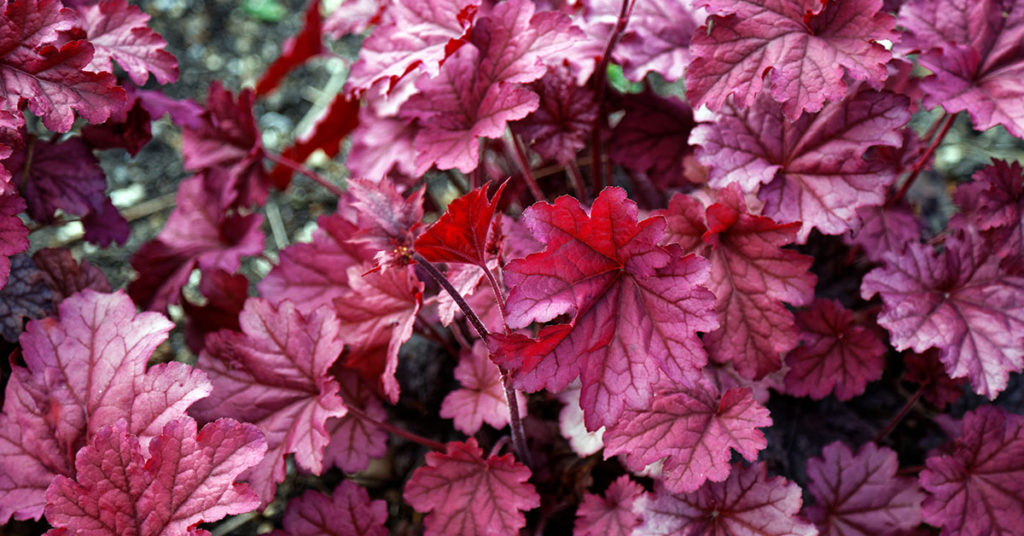
Coral Bells (Heuchera) are perennial plants known for their attractive foliage and delicate bell-shaped flowers. The flowers, which bloom on tall spikes, come in shades of red, pink, white, and coral. The foliage is equally stunning, with leaves in various colors and patterns, adding year-round interest to your garden.
Coral Bells thrive in partial shade and well-drained soil rich in organic matter. They require regular watering, especially during dry spells, to keep the soil moist. Deadheading spent flowers can encourage prolonged blooming. These plants are perfect for borders, containers, and rock gardens, adding both color and texture to your garden.
